How to Be a Hair Model
9 Comments • Uncategorized • By Melissa
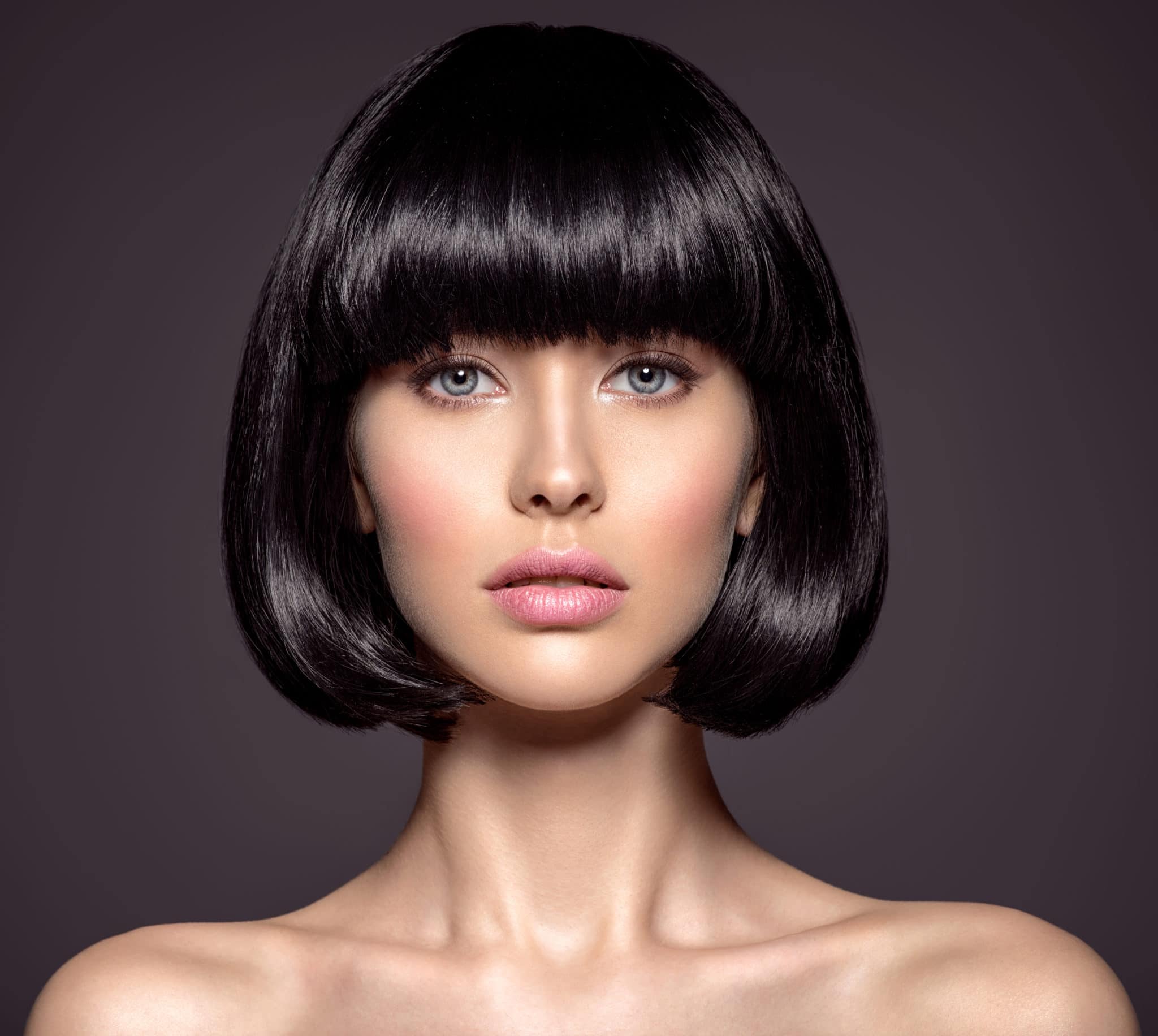
Hair modelling is a sub-category of the modelling industry. If you have attractive, healthy locks, you could have a successful and lucrative career as a hair model.
Read on to discover everything you need to know to be a hair model.
What is a Hair Model?
A hair model is a model who wears different hairstyles or haircuts to help advertise hair or salon-related products or services. This could be for hairdressers, hair salons or hair products (e.g. shampoo, conditioner, styling products like hair spray etc).
They may also be required for bridal hair style magazines, hair accessories, hair brushes, hair dyes and beauty editorials. A hair model usually falls under the commercial model umbrella, but may occasionally be seen working in high fashion.
Both men and women can work as hair models, though demand is higher for female hair models.
What Do You Need to be a Hair Model?
To be a hair mode, you must have a good head of hair and an attractive, photogenic face. That usually means having a strong bone structure and tight jawline that will flatter different types of hair cuts and styles.
A hair model should be willing to have their hair cut, dyed and styled in whatever way is required by the brand. This might mean sporting a look the model doesn’t necessarily like themselves. Sometimes, brands will use wigs or extensions instead of using the model’s real hair to prevent permanent or long-lasting damage due to bleaching, colouring or cutting the hair.
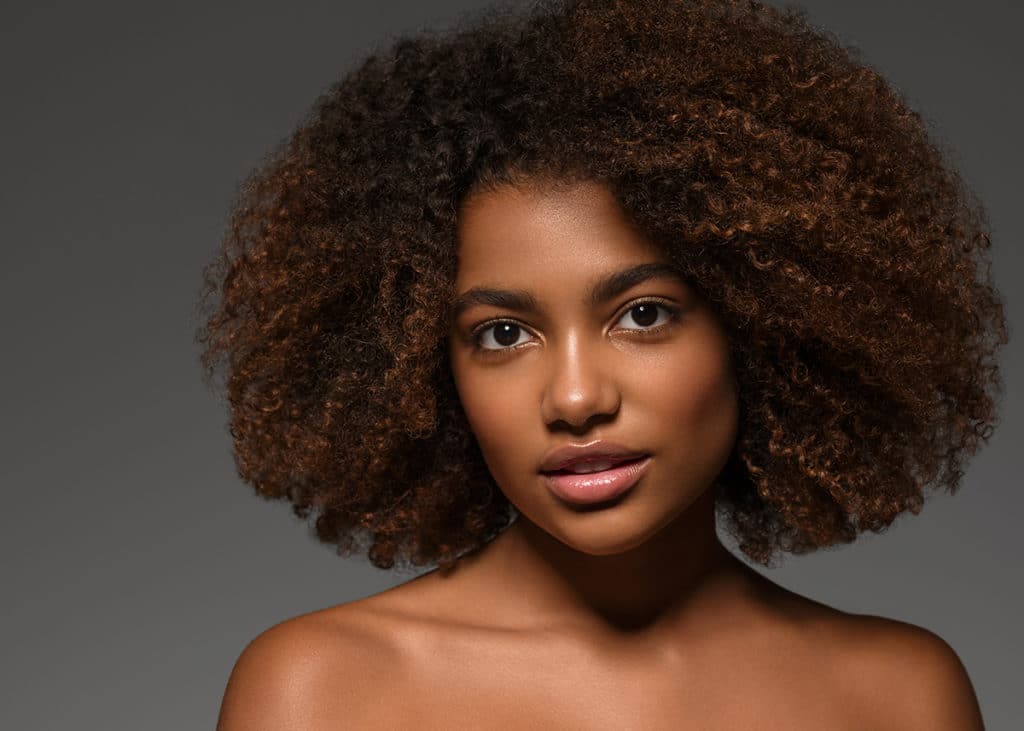
Male Hair Models
Men must have no bald patches, and a head of thick, healthy hair is desired. Men’s hair usually starts to thin out fairly early, so older men who still have thick hair will likely be in high demand, especially if it is “virgin” hair (not coloured or bleached).
Male models will also have their facial hair to think about. You need to be able to grow a thick, even beard with no patching to be considered as a stubble/beard model.
Like female models, male models may also be expected to wear a wig or hair piece on occasion. They may also be required to wear a stick-on moustache or beard, or even have extensions added to their hair.
How to Look After Your Locks
Hair models must ensure their hair is healthy and well looked-after all year round. You will need to visit the hairdresser at least every 6 weeks to ensure any split ends are cut off. If you have coloured hair, you must ensure your roots are touched up constantly – having root growth may lose you work if it looks messy.
Hair models should use deep conditioning treatments to make sure their hair is hydrated and shiny. This is particularly important if your hair is bleached because the bleaching process damages and dries out the hair, leaving it dull and lifeless.
Roots need to be clean, but there is such a thing as over-washing. Some models prefer to use dry shampoo to keep roots oil-free so they don’t need to excessively wash their hair.
A hair model also needs to protect their hair from heat damage. Many hair models avoid using heated styling appliances like hair dryers, straighteners and curlers when they are not working, instead leaving their hair to dry naturally. When they do use heat, heat protection sprays are applied liberally.
At night, some hair models like to wear their hair in a loose plait to avoid breakages. Other models prefer to wear a silk night cap to protect hair further and keep it shiny.
Afro-Caribbean hair needs a completely different care process. They must use products that are suitable for their hair type to really nourish and condition the hair. A specialised hairdresser will be able to assist with this process and recommend the best products to ensure the curls are intact and glossy.
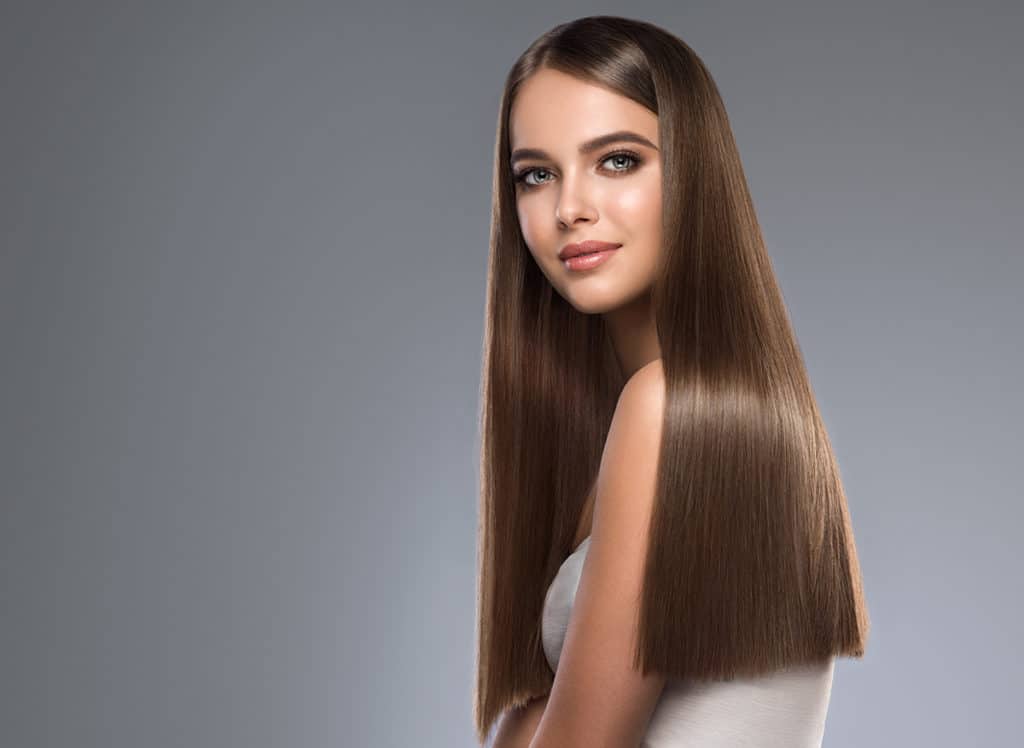
Famous Hair Models
Body part models like hair models do not usually find fame like that of a supermodel. However, there are some top models who have become famous in part due to their hair:
– Linda Evangelista
– Twiggy
– Grace Jones
– Agyness Deyn
How to Get Started
Aspiring hair models should look into finding themselves a modelling agency. Getting signed will help protect you and open up many more opportunities.
You will need to research modelling agencies who work with body part or hair models. The application process should be found on their website, and you will be required to send them a few photos. Make sure these photos really show off what is special about your hair. Don’t forget to include photos of your face, too, as your face will also impact your chances of being picked.
If you are invited to an agency audition, remember they will want to see the natural beauty of your hair so don’t spend ages putting it in a complicated updo.
It’s a good idea to keep on top of any new hair trends. You can do this by checking the news and following hair salons and stylists on social media.
Many salons require models to practice on, and for competitions. You may not get paid, but they can be a good opportunity for experience and networking. You will also get a free haircut and you can use the photos in your modelling portfolio and on your modelling agency applications.
Most modelling work takes place in major cities like London and Manchester. You must be willing to travel if you do not live in a major city.
Having short hair may affect your chances of finding work (or it may boost your exposure in other niches of modelling if the cut is good enough and if it really suits you). Generally, though, long hair gives stylists more to play with.
You will have to avoid dying your hair unnatural colours unless you are modelling for an alternative brand. The same goes for hair styles; a mohawk probably wont get you much work as a hair model as its too restrictive. Natural hair (ideally “virgin”, meaning untouched) will get lots of work.
Try to avoid anything that could permanently damage your hair, even modelling jobs (e.g. cutting short, bleaching). While the choice is down to you, you have to think about whether you are sacrificing future potential work.
Curly hair and straight hair will both be required. Whatever your hair, make sure you look after it. Curls will need moisturising, and straighter hair will need to be kept untangled and shiny.
Blonde hair, red hair and brunette hair will also be considered. If you have an unusual or uncommon hair colour, you may find your demand higher.
Your Modelling Portfolio
Your modelling portfolio should show off your range and flexibility as a hair model. It should include up to 20 of your absolute best modelling photos.
You will also need to include a few beauty shots so that agencies and brands can see your face shape clearly.
Read this article to find out what it’s like to be a hair model!
Are you interested in becoming a model? Register with us today!


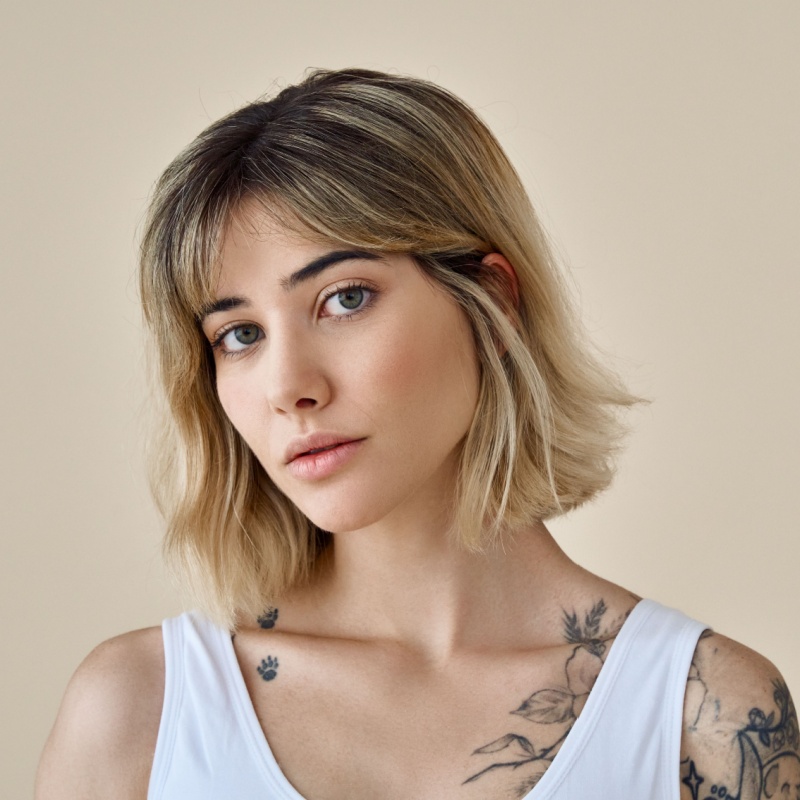

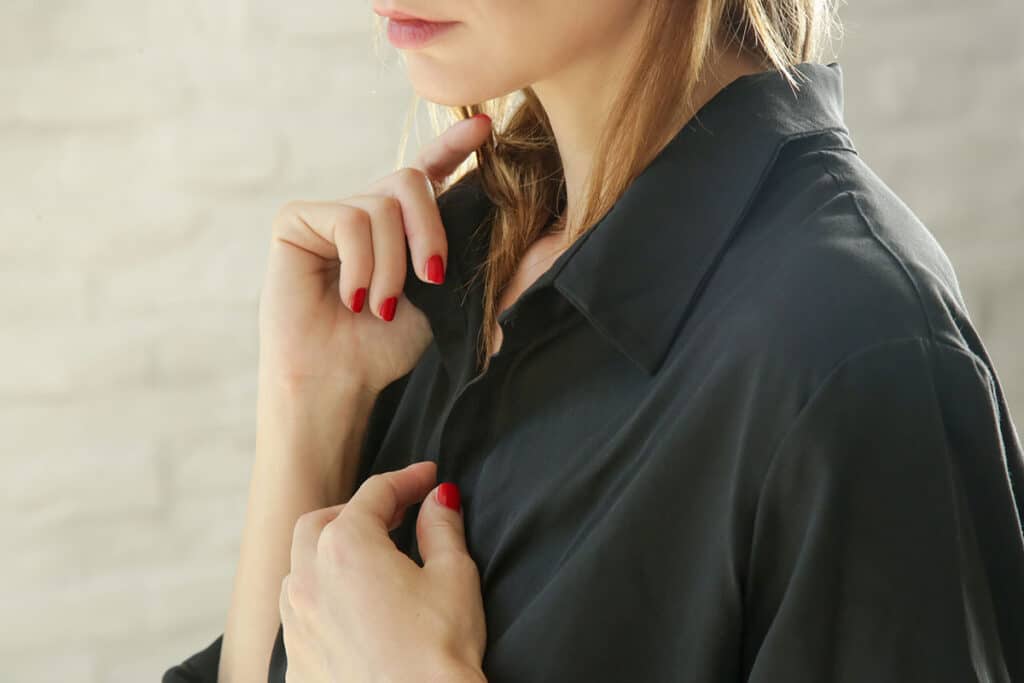


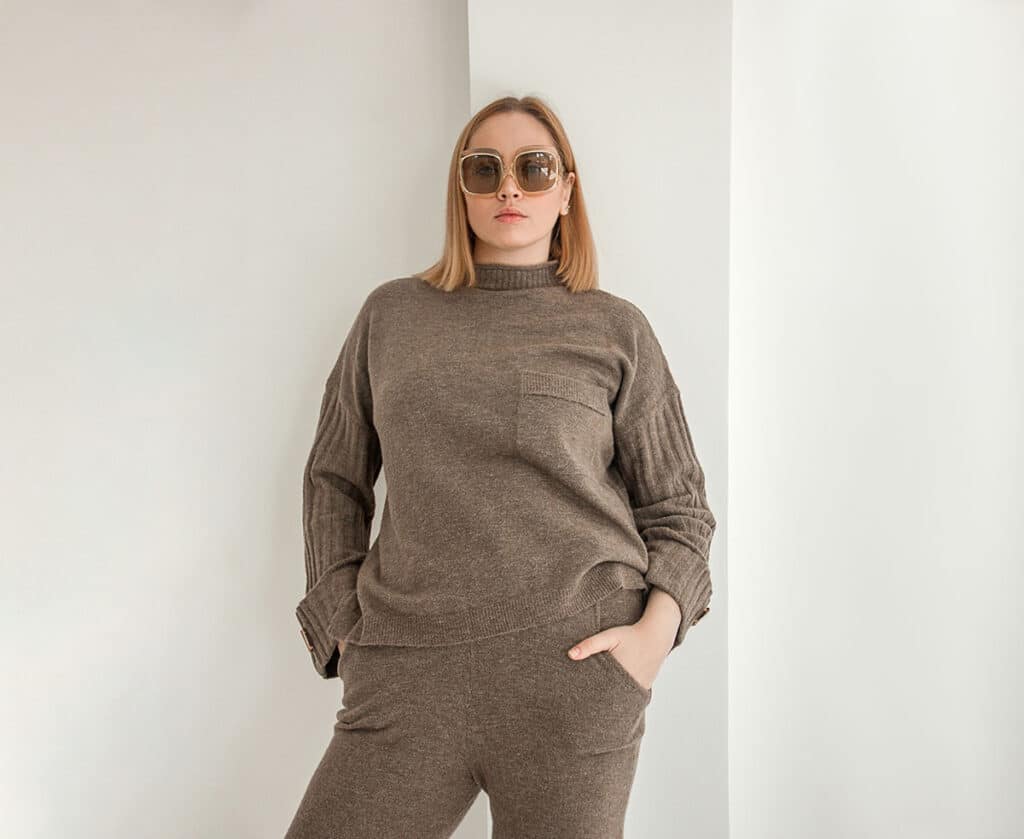
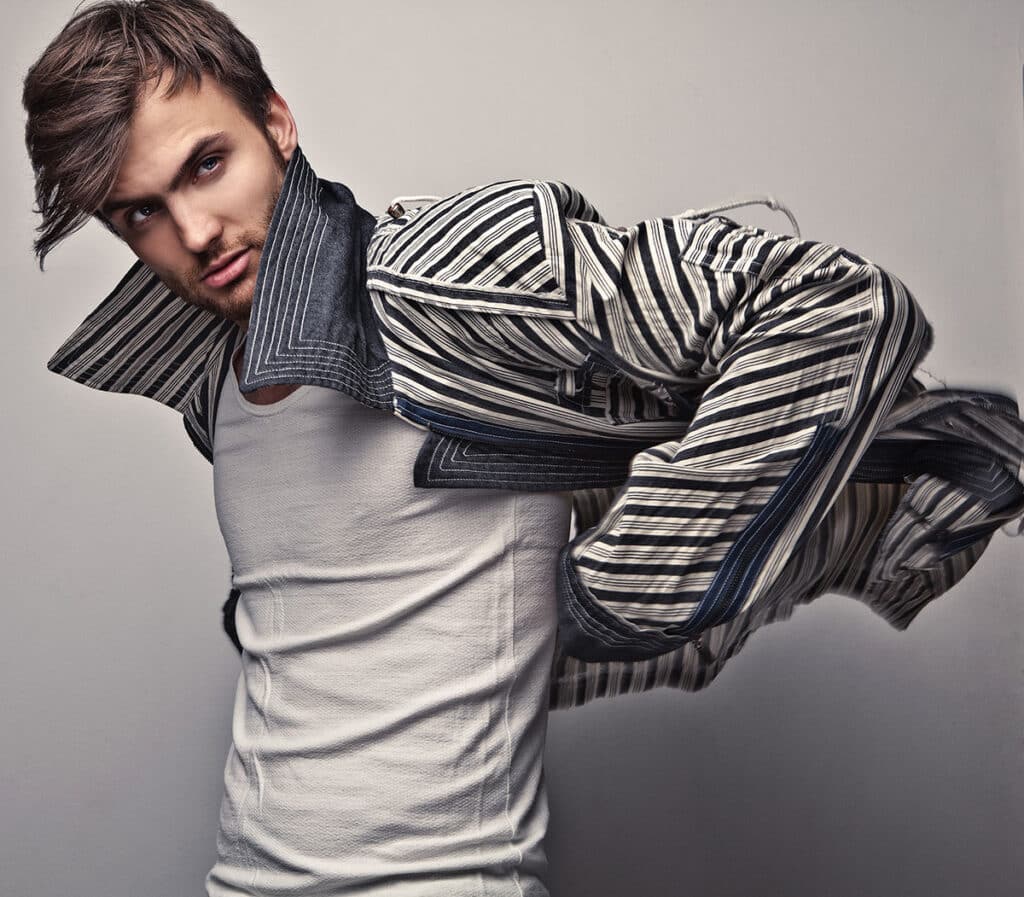
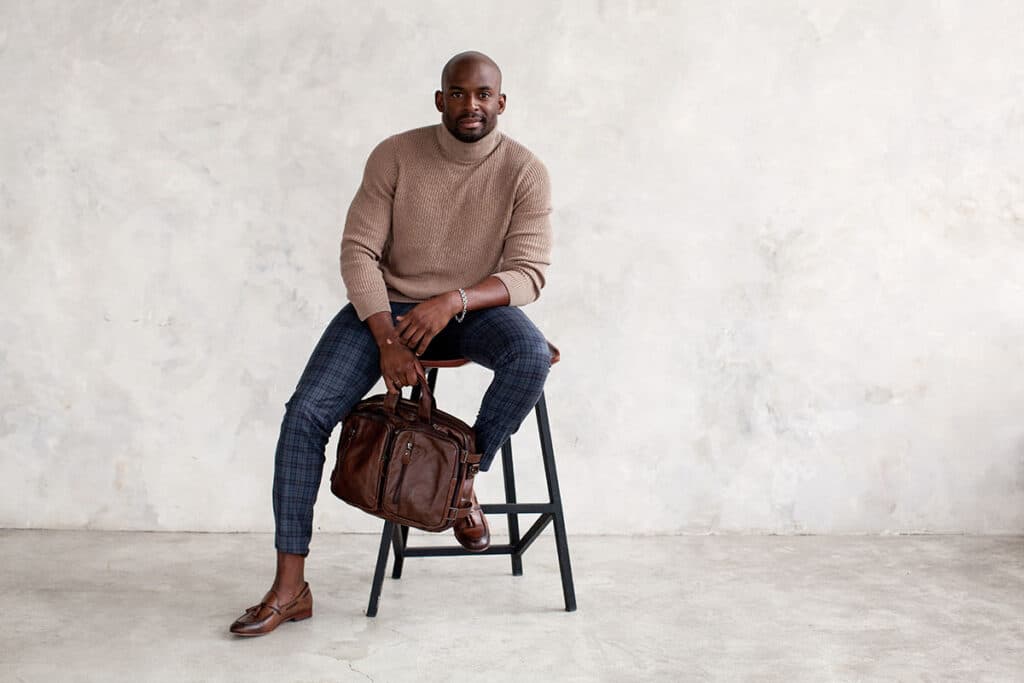

Lovely just what I was looking for.
Hi, its this what Im looking. Please contact
Hi I would like to apply for face/hair modelling, not sure if I need to do anything else but send these details and comment.
Hope to hear from you soon thanks
Nadine
I am interested in what you have to offer and I would like to see where I can fit with your business.
Hi
I want to be hair model for brands not only for hair color but advertising also
Would very much like to do hair modeling,in whatever compasitie.
I have very curly hair and I think that it would be very good for hair modeling for curly hair products
I have a very voluminous and long kinky(4c) hair that is well taken care of all year round.
I’m very much interested in becoming a hair model.
I want to be a hair model as people have told me I do have great hair, please let me know if there’s anything available for me. Thank you.